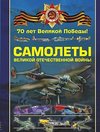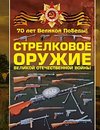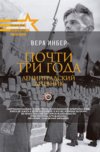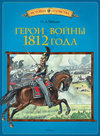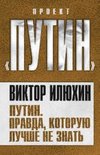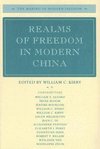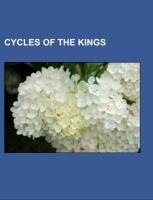
Cycles of the Kings
Source: Wikipedia. Pages: 33. Chapters: Macha, Cormac mac Airt, Art mac Cuinn, Conn of the Hundred Battles, Bé Chuille, Lebor Gabála Érenn, Niall of the Nine Hostages, Áedán mac Gabráin, List of High Kings of Ireland, Diarmait mac Cerbaill, Crimthann mac... Viac o knihe
Produkt je dočasne nedostupný
15.05 €
bežná cena: 17.10 €
O knihe
Source: Wikipedia. Pages: 33. Chapters: Macha, Cormac mac Airt, Art mac Cuinn, Conn of the Hundred Battles, Bé Chuille, Lebor Gabála Érenn, Niall of the Nine Hostages, Áedán mac Gabráin, List of High Kings of Ireland, Diarmait mac Cerbaill, Crimthann mac Fidaig, The Expulsion of the Déisi, High King of Ireland, Mongán mac Fiachnai, Túathal Techtmar, Tochmarc Étaíne, Guaire Aidne mac Colmáin, Labraid Loingsech, Brandub mac Echach, Eochu Feidlech, Túathal Máelgarb, Cath Maige Mucrama, Buile Shuibhne, Senchas Fagbála Caisil, Mug Ruith, Fergus mac Léti, Feradach Finnfechtnach, Áed Rúad, Díthorba and Cimbáeth, Scéla Cano meic Gartnáin, Aidhne, Eterscél Mór, Bec mac Dé, Fiachu Muillethan, Cairenn, Fachtna Fáthach, Brión mac Echach Muigmedóin, Fíatach Finn, Mal mac Rochride, Mug Nuadat, Mess Búachalla, Éogan Mór, Fragarach, Ailill Aulom, Medb Lethderg, Alastir. Excerpt: Lebor Gabála Érenn (The Book of the Taking of Ireland) is the Middle Irish title of a loose collection of poems and prose narratives recounting the mythical origins and history of the Irish from the creation of the world down to the Middle Ages. An important record of the folkloric history of Ireland, it was compiled and edited by an anonymous scholar in the 11th century, and might be described as a mélange of mythology, legend, history, folklore and Christian historiography. It is usually known in English as The Book of Invasions or The Book of Conquests, and in Modern Irish as Leabhar Gabhála Éireann or Leabhar Gabhála na hÉireann. Purporting to be a literal and accurate account of the history of the Irish, Lebor Gabála Érenn (hereinafter abbreviated as LGE) may be seen as an attempt to provide the Irish with a written history comparable to that which the Israelites provided for themselves in the Old Testament. Drawing upon the pagan myths of Celtic Ireland - both Gaelic and pre-Gaelic - but reinterpreting them in the light of Judaeo-Christian theology and historiography, it describes how the island was subjected to a succession of invasions, each one adding a new chapter to the nation's history. Biblical paradigms provided the mythologers with ready-made stories which could be adapted to their purpose. Thus we find the ancestors of the Irish enslaved in a foreign land, or fleeing into exile, or wandering in the wilderness, or sighting the "Promised Land" from afar. Four Christian works in particular seem to have had a significant bearing on the formation of LGE: The pre-Christian elements, however, were never entirely effaced. One of the poems in LGE, for instance, recounts how goddesses from among the Tuatha Dé Danann took Gaelic husbands when the Gael invaded and colonised Ireland. Furthermore, the pattern of successive invasions which LGE preserves is curiously reminiscent of Timagenes of Alexandria's account of the origins of another Celtic people, the Gauls
- Vydavateľstvo: Books LLC, Reference Series
- Formát: Paperback
- Jazyk:
- ISBN: 9781156435786

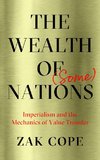
 Anglický jazyk
Anglický jazyk 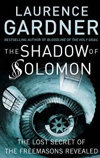
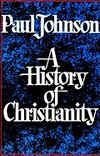
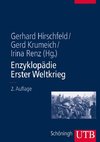
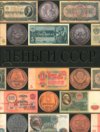
 Ruský jazyk
Ruský jazyk 